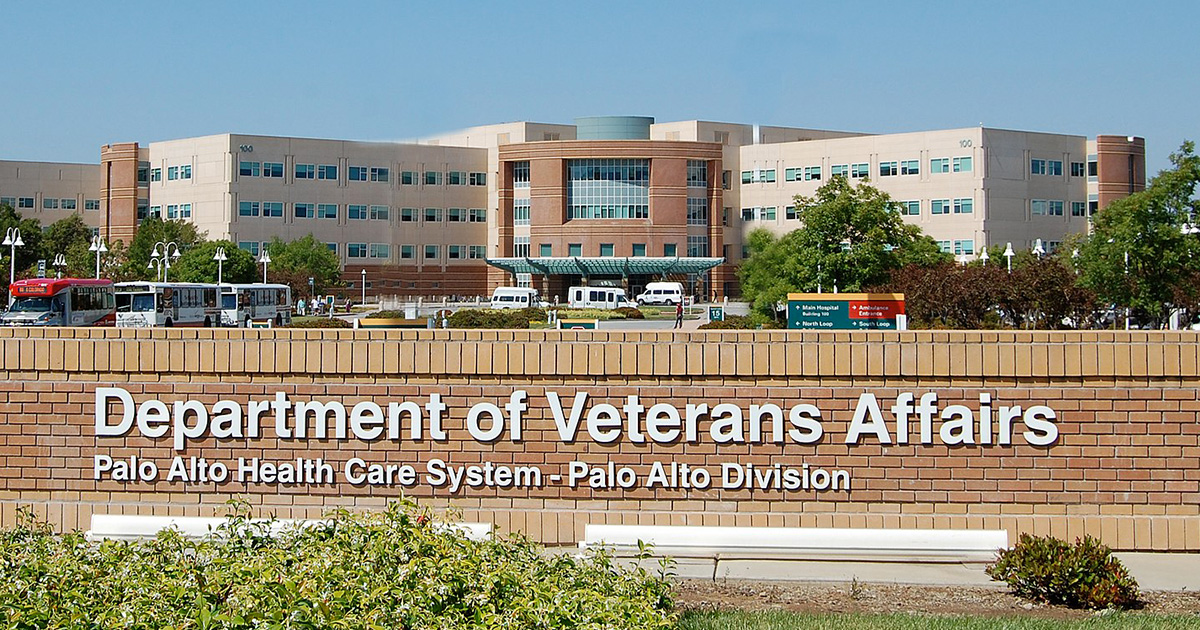VA, VHA, Verizon partner to increase rural veterans' telehealth access

Photo: Veterans Health
To help conquer the digital divide preventing rural veterans from accessing the range of health and wellness benefits they are eligible for, the U.S. Department of Veterans Affairs is offering new access to telehealth and virtual care options.
Working with the Veterans Health Administration's National Center for Collaborative Healthcare Innovation, the VA Palo Alto Healthcare System and Verizon Public Sector, the VA will be providing broadband connectivity directly to veterans living in remote areas nationwide.
WHY IT MATTERS
For veterans living in areas with very limited internet availability, the VA's telehealth and tele-wellness services are typically out of reach. But with NaaS architecture, the VA's agreement will provide cellular or low-earth-orbit satellite connectivity to rural veterans.
VAPAHCS is also the agency's first fully 5G-connected hospital.
"Some of our rural veterans may have reduced connectivity because of where they live, which could affect access to virtual care options such as telehealth and wellness programs," said Dr. Thomas Osborne, director of NCCHI, in Tuesday's announcement.
"However, we are on a journey to change that."
In May, Verizon also announced a nine-year, $448.3 million expansion of its partnership with the VA to supply mobile devices and mission-critical communications during the VA’s disaster recovery missions and other emergencies.
THE LARGER TREND
Remote broadband connectivity is a roadblock to telehealth and other virtual care services for veterans and others who live in rural and certain urban areas. While the VHA provides millions of veterans healthcare at about 1,000 facilities, many of those patients face mobility hurdles that minimize access to in-person care.
Verizon also powers the VA Video Connect telehealth service, which provides more than 80,000 veterans with free, unlimited access to healthcare consultations, according to the company.
The platform, which launched before the COVID-19 pandemic, connects veterans' video appointments with their healthcare teams using encryption via Verizon's nationwide 4G LTE network at no charge. There is also a built-in chat feature.
Prior to that, the Anywhere to Anywhere VA Healthcare program expanded telehealth to remote clinics and call centers. In fact, the VA Telehealth Emergency Management Team was established in response to Hurricanes Harvey and Maria in 2017, according to Dr. Neil Evans, chief officer for the VHA's Office of Connected Care.
He told Healthcare IT News ahead of HIMSS22 that the groundwork allowed the agency to rapidly scale virtual care and tele-critical care support to intensive care units at the onset of the pandemic.
"Other digital and virtual care capabilities were rapidly stood up based on existing infrastructure, enabling VA to offer self-subscription protocols for remote COVID-19 symptom monitoring and, later in the pandemic, rapid vaccine scheduling through interactive text messaging," he said.
ON THE RECORD
"Our goal is to provide the best and most advanced healthcare possible for our veterans," Osborne said in a statement.
"This important partnership and the improved broadband internet availability it will help provide is aimed at ensuring veterans, regardless of where they live, have access to the widest possible array of health and wellness options," added Maggie Hallbach, senior vice president of Verizon Public Sector.
Andrea Fox is senior editor of Healthcare IT News.
Email: afox@himss.org
Healthcare IT News is a HIMSS Media publication.
























